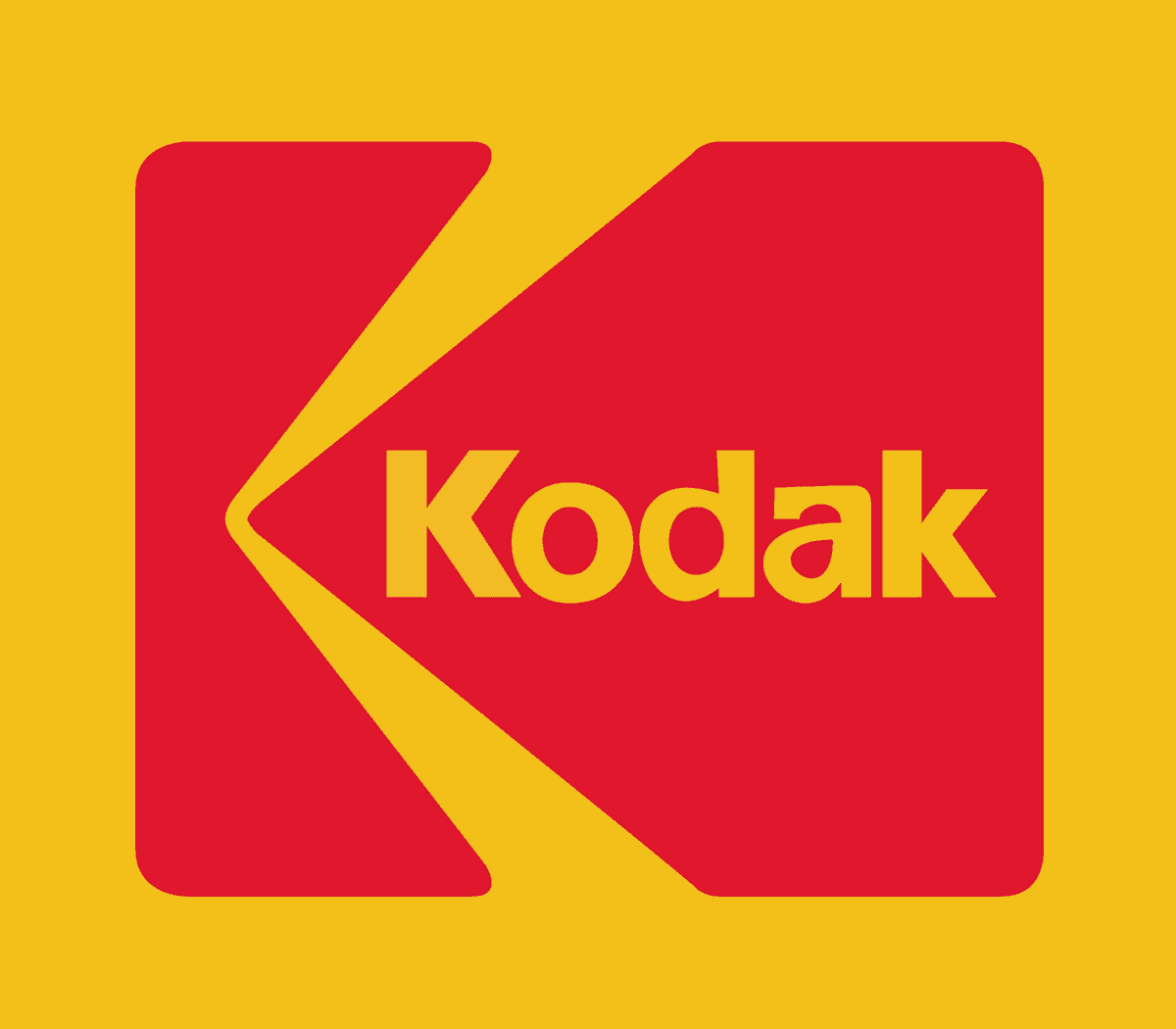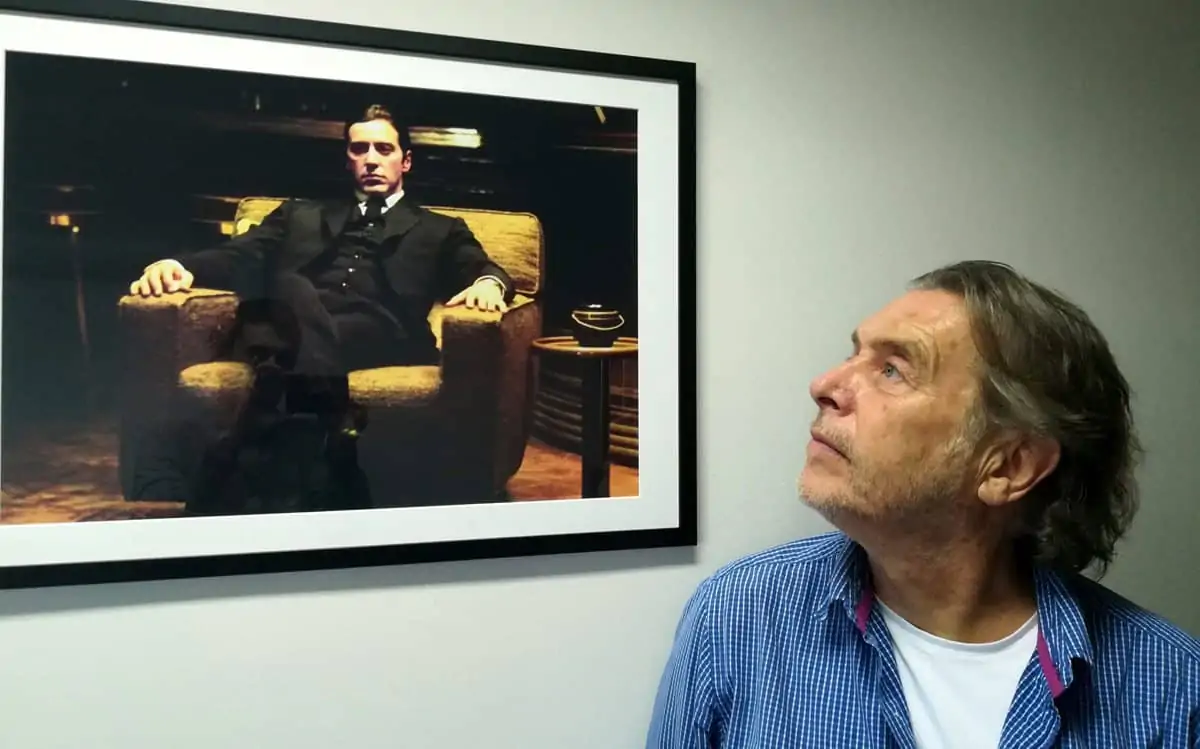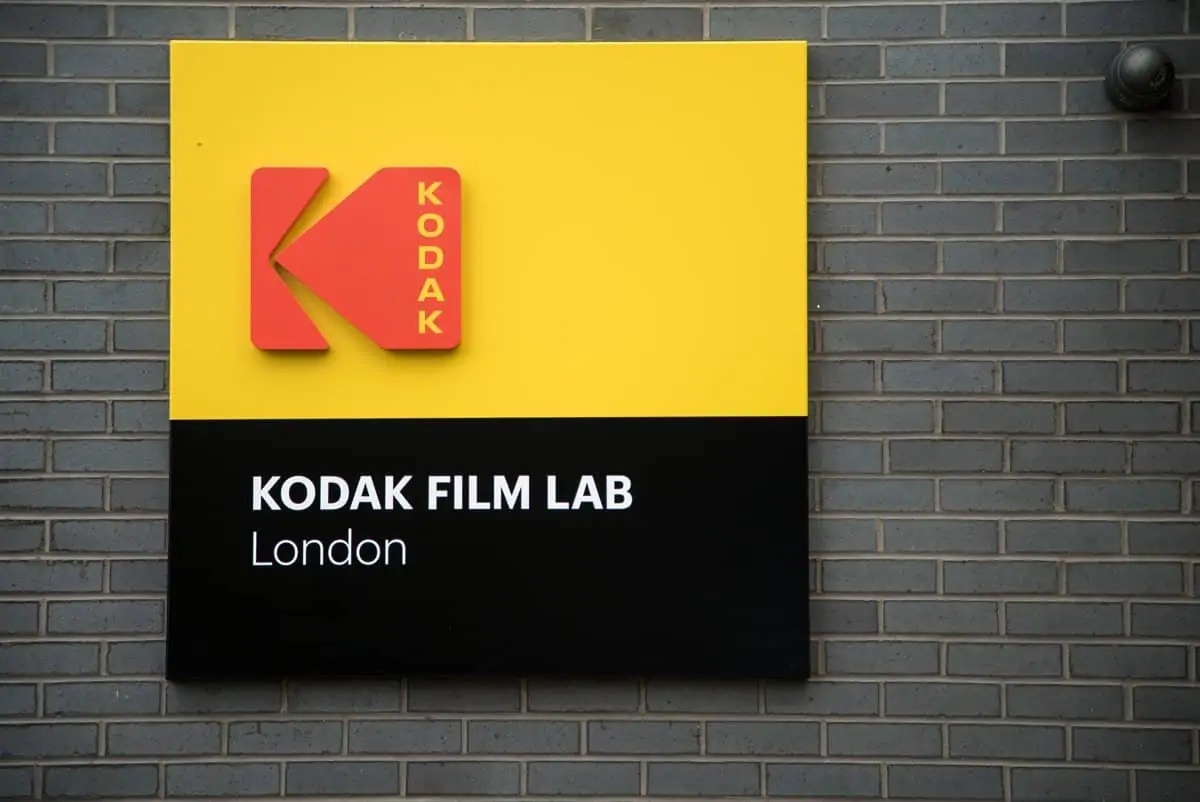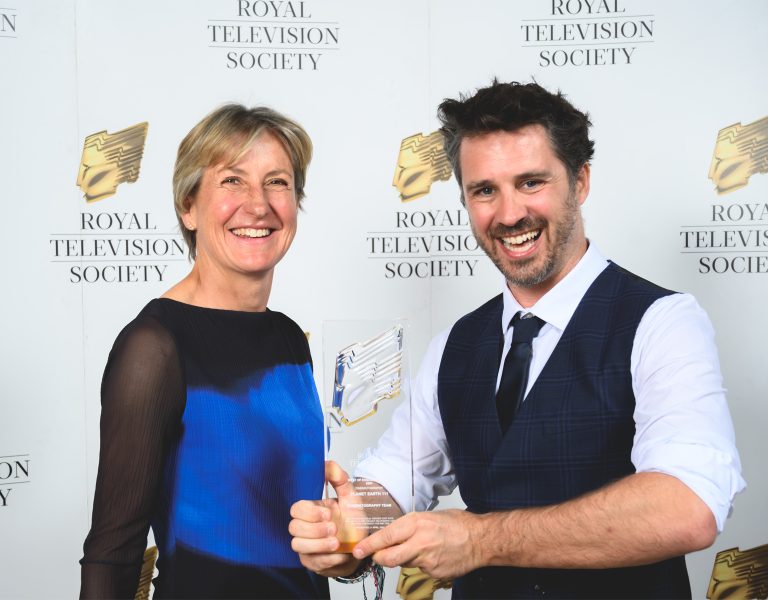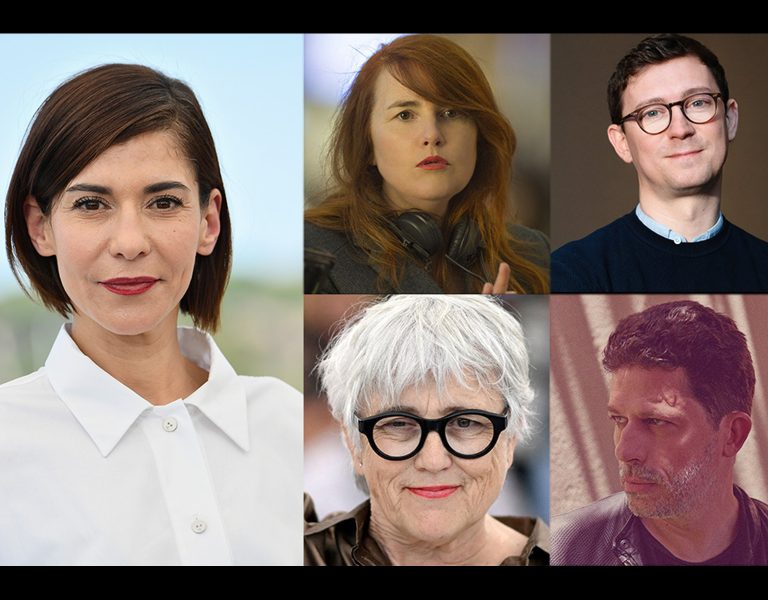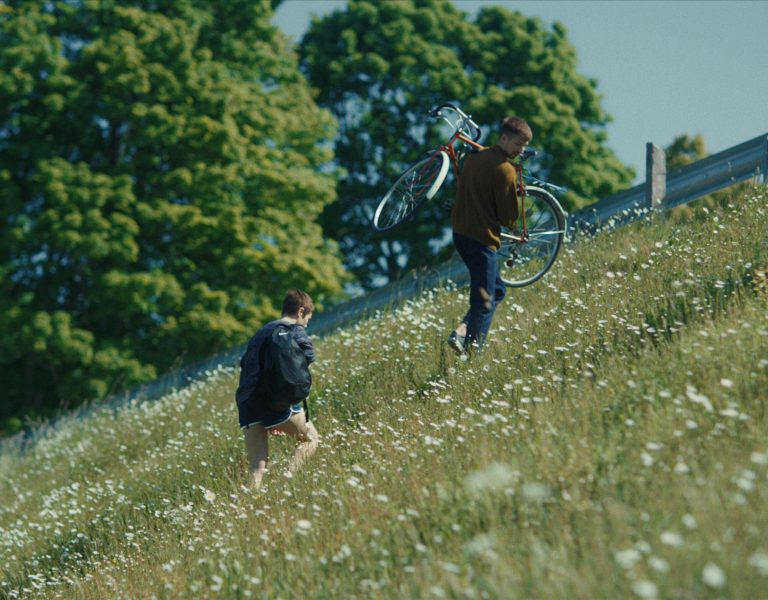Thanks to directors including J.J. Abrams, Quentin Tarantino, Steven Spielberg, Christopher Nolan, Sam Mendes, Martin Scorsese, Todd Haynes and Paul Greengrass, moviemakers “do not have to worry about film going away anymore,” said Kodak CEO, Jeff Clarke, in a recent interview with The Hollywood Reporter.
J.J. Abrams’ Star Wars: The Force Awakens was shot on celluloid, as were a string of high-profile movies including The Hateful Eight from Quentin Tarantino – offered as a 70mm film Roadshow – Sam Mendes’ SPECTRE, Todd Haynes’ Carol, David O. Russell’s Joy and Steven Spielberg’s Bridge Of Spies. Clarke also said, “It is our understanding that director Rian Johnson and cinematographer Steve Yedlin are planning to shoot Star Wars: Episode VIII on Kodak film. They are in pre-production and we are working with them to bring their vision to the screen the way they intend it.”
Clarke estimates that, in total, 90 studio and indie movies (in addition to television work) were shot on film in 2015. Although that is a long way from the numbers of productions using digital cinematography, Kodak is bullish on keeping film alive as another option for filmmakers. According to the chief executive, thanks to its film push and restructuring efforts, Kodak went from losing $100 million annually on its film business to “breaking even in the last three quarters,” and he expects the company to be profitable in 2016.
Speaking with The Hollywood Reporter as The Force Awakens premiered, he called Abrams, “an extraordinary supporter of film. His advocacy was a key part of Kodak’s decision to keep making film when we were down by 96-percent.”
The film manufacturer was considering pulling the plug until roughly a year ago, when filmmakers including Abrams, Tarantino and Nolan worked with all of the major studios to see that they inked supplier deals with Kodak, ensuring film’s existence for the foreseeable future.
“We are no longer limited by these deals,” Clarke claimed, noting that Kodak’s overall film business across industries is up. “We are building and investing in it to grow, including supporting and building labs around the world. There’s so much artistic interest, and renewed support from studios. When artists spoke, it saved an art form.”
Kodak efforts include expanding the availability of lab capabilities in production hubs such as New York, whose last motion picture lab closed last year. Kodak has partnered with Alpha Grips to expand its mobile lab programme, and is currently working with cinematographer Ed Lachman ASC and other partners to bring a lab presence to major cities such as New York. Lachman photographed Carol on Super 16mm film. Titles scheduled for release in 2016, with all or parts shot on film, include Zack Snyder’s Batman v. Superman: Dawn of Justice, The Coen brothers’ Hail, Caesar!, David Ayer’s Suicide Squad, Damien Chazelle’s La La Land, Paul Greengrass’ Bourne sequel, and Antoine Fuqua’s The Magnificent Seven.

On the heels of celebrating 50 years of manufacturing Super 8 film, Kodak recently launched an initiative aimed at putting Super 8 cameras into the hands of a new generation of filmmakers. At the 2016 Consumer Electronics Show (CES) in Las Vegas, Kodak displayed an early prototype of a new Kodak Super 8 camera that combines the classic features of a Super 8 with digital functionality.
Director and producer Christopher Nolan, commented, “The news that Kodak is enabling the next generation of filmmakers with access to an upgraded and enhanced version of the same analogue technology, that first made me fall in love with cinematic storytelling, is unbelievably exciting.”

